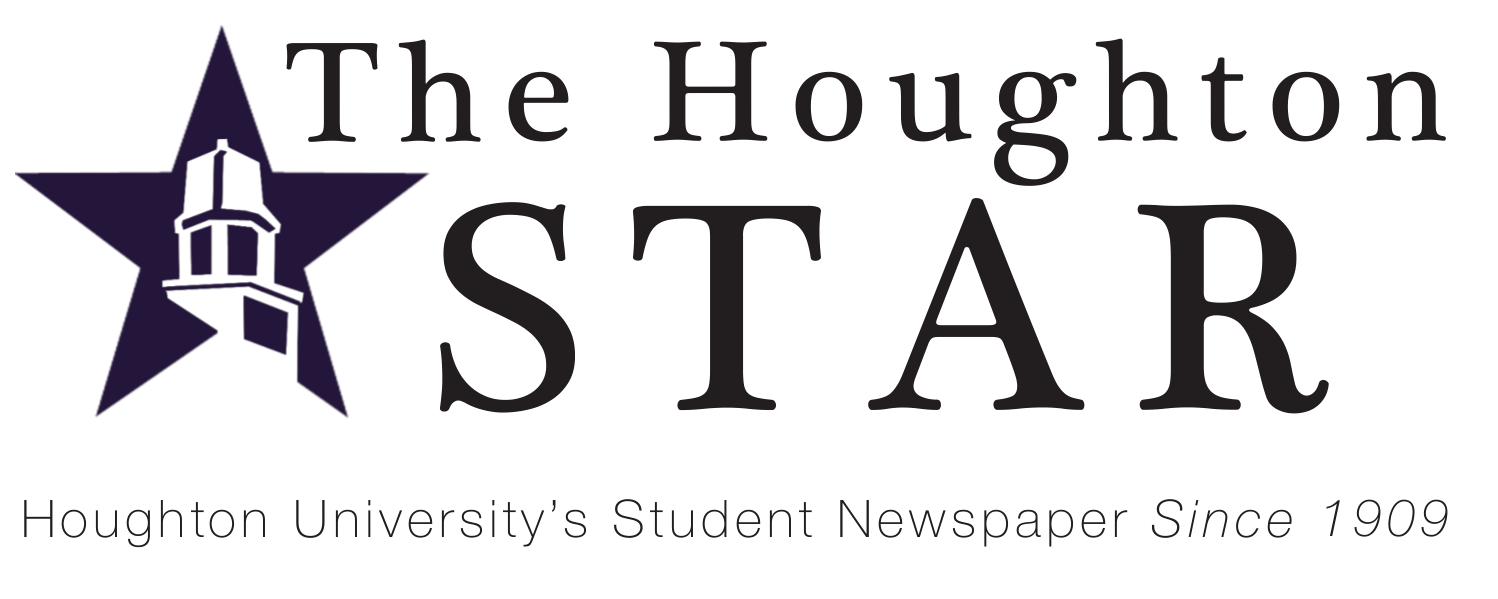Category: Stories In Focus
November 06, 2017
Stories In Focus
Making History: Highlander Field Hockey
The Houghton Highlander field hockey team is making history this weekend by qualifying for the Empire 8 tournament for the…
October 28, 2017
News, Campus, Stories In Focus
All for God: Faith On The Field
The mission of the Houghton College Athletic Department is to “glorify God by educating and developing men and women leaders…
October 28, 2017
News, Campus, Stories In Focus
Catholic Students Embrace Heritage
“We go because Jesus Christ is present,” explained Honus Wagner ‘20, who spends his Sunday evenings in the basement of…
October 28, 2017
News, Campus, Stories In Focus
Carrying The Load: Psychology And Race
The Houghton College Psychology Department recently welcomed Professor Anna Pettway, a distinguished scholar of social dynamics and a highly knowledgable…
October 24, 2017
Stories In Focus
Equestrian Program Expands
A recent, anonymous donation of $2.4 million to Houghton’s Equestrian Center will allow for the expansion of new facilities, and…
October 24, 2017
Stories In Focus
Serving Locally, Loving Globally
Global Christian Fellowship (GCF) has big plans for this year, and they want everyone to be involved. A fixture on…
October 24, 2017
Stories In Focus
Privilege and Responsibility
The Chapel Deacon Program was originated by John Brittain, Dean Jordan’s predecessor, and continues to flourish many years later. This…
October 24, 2017
Stories In Focus, Reviews, Stories In Focus
Facing Forward, Looking Back
If you’re anything like me, you hear the name of Miley Cyrus and cringe a little bit. When her name…
October 08, 2017
Stories In Focus
New Horizons for Houghton Alumni
Homecoming has always been a time of celebration when current students, family, and alumni gather to commemorate Houghton’s influence on…
October 08, 2017
Stories In Focus
Many Voices: Faculty Publications
As part of their continuing commitment to scholastic excellence and research, four Houghton College faculty members have recently stepped into…
